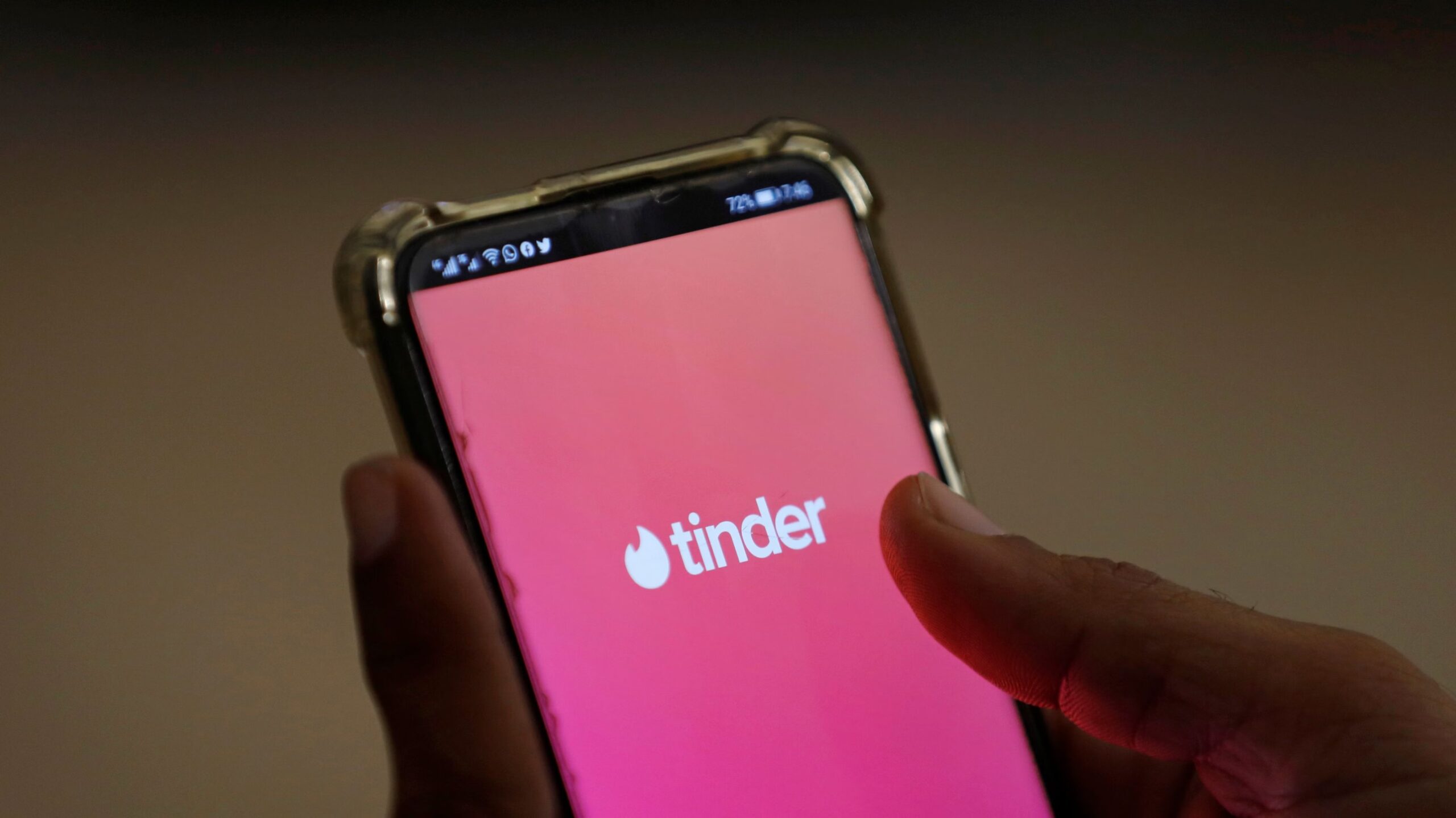A United States government agency has issued a warning regarding Trinity ransomware, a malicious threat known for extorting cryptocurrency from its victims in exchange for not leaking sensitive data accessed through various attack vectors.
On October 4, the US Health Sector Cybersecurity Coordination Center (HC3) released a detailed profile of Trinity ransomware, highlighting its methods and targets. The attackers utilize various techniques to infiltrate systems, including phishing emails, malicious websites, and exploiting software vulnerabilities. Once installed on a victim’s computer, the ransomware executes several damaging actions:
- Data Extraction: It searches for sensitive information on the infected machine and collects it for the attackers.
- File Encryption: The ransomware employs an encryption algorithm to render the victim’s files useless.
After completing its encryption process, Trinity ransomware generates a ransom note informing victims that their data has been both extracted and encrypted. This note typically demands payment in cryptocurrency in exchange for a decryption key.
In a concerning twist, the ransomware’s note stipulates that victims have a mere 24 hours to make contact with the cybercriminals. Failing to do so results in threats that their stolen data will be leaked or sold. HC3 elaborated:
“Victims have 24 hours to contact the cybercriminals, and failure to do so will result in the stolen data being leaked or sold. Unfortunately, no known decryption tools are currently available for Trinity ransomware, leaving victims with few options.”
Targeting Critical Infrastructure
HC3 has indicated that Trinity ransomware particularly targets critical infrastructure, including healthcare providers. The agency reported that at least seven organizations have fallen victim to this ransomware strain, highlighting:
“HC3 is aware of at least one healthcare entity in the United States that has fallen victim to Trinity ransomware recently.”
The increasing prevalence of ransomware attacks, including those involving Trinity, has been documented in Chainalysis’ 2024 Crypto Crime Report. This report indicates that in 2023, prominent institutions and infrastructure paid approximately $1.1 billion in cryptocurrency to ransomware attackers. The findings revealed a diverse array of actors conducting attacks, from individuals and smaller crime groups to large-scale syndicates.
Ransomware Variants on the Rise
The Chainalysis report further revealed that 538 new ransomware variants were introduced in 2023, demonstrating the growing complexity and reach of ransomware threats. Major companies, including the BBC and British Airways, have also been targeted, underscoring the risk to high-profile organizations.
As cybercriminals continue to develop sophisticated methods to exploit vulnerabilities, the warning from HC3 regarding Trinity ransomware serves as a critical reminder of the ongoing threat facing organizations, particularly those within essential sectors like healthcare.
With no known decryption tools currently available for Trinity ransomware, victims find themselves with limited options, emphasizing the importance of cybersecurity measures and timely incident response.
| Key Information on Trinity Ransomware | Details |
|---|---|
| Type of Attack | Ransomware |
| Date of HC3 Warning | October 4 |
| Primary Target | Critical infrastructure, including healthcare |
| Data Extraction Method | Phishing emails, malicious websites, software exploits |
| Ransom Payment Demand | Cryptocurrency |
| Victim Response Time | 24 hours |
| Total Organizations Affected | At least 7 |
| Total Payments to Ransomware Attackers in 2023 | Approximately $1.1 billion |
| New Ransomware Variants in 2023 | 538 |










